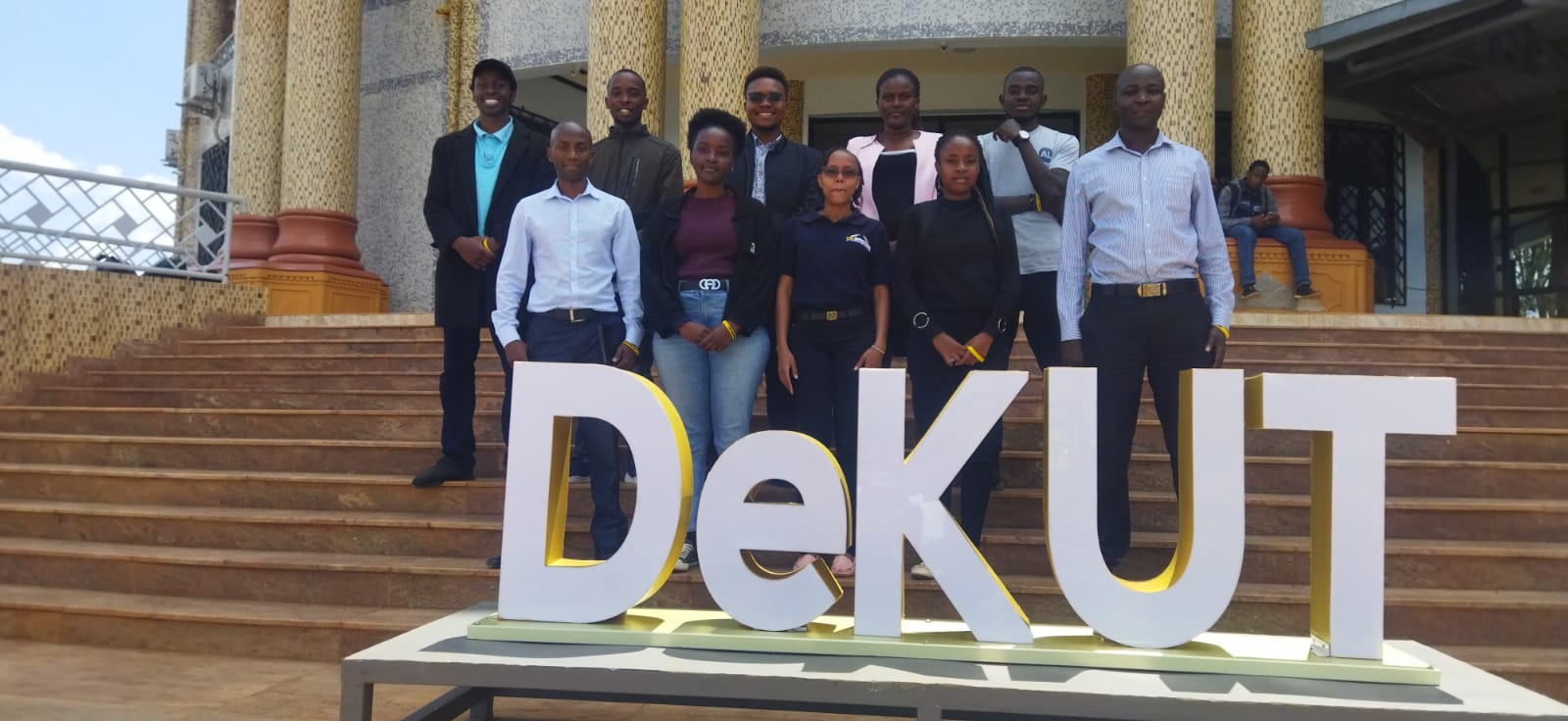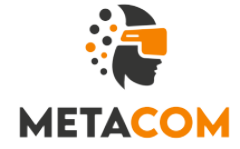Virual Anatomy Laboratory

Project Introduction
Dedan Kimathi University’s project aimed to use virtual reality technology to enhance the learning experience of anatomy for higher learning institution students by creating a cost-effective, innovative, and engaging virtual platform that simulated anatomy lab environments.
Project details
The project by DeKUT aimed to leverage virtual reality technology to improve the learning experience for students in higher learning institutions, specifically in the field of anatomy. By creating a virtual reality platform that simulated anatomy lab environments, the project aimed to provide an effective and engaging way for students to learn about the human body.
This technology could be particularly beneficial for schools that did not have access to expensive equipment, such as cadavers, that were typically required for in-person anatomy labs. By providing a virtual alternative, the project could reduce the cost incurred by schools in purchasing and maintaining such equipment, while still providing a high-quality learning experience for students.
The virtual reality technology could provide students with a hands-on and interactive way to explore the human body, allowing them to visualize and manipulate 3D models of organs and body systems. This could help students better understand complex concepts and improve their overall learning outcomes.
Additionally, the project could provide an innovative and engaging approach to learning anatomy, which could help increase student engagement and motivation. This could have a positive impact on student performance and retention in the field of anatomy.
Target market
Educational institutions and technology providers were the target market for the project.
- The virtual reality technology could be licensed to schools and integrated into existing educational platforms.
- The project aimed to improve the learning experience for students in the field of anatomy.
- The project could help reduce the cost of purchasing and maintaining expensive equipment for schools.
- The project had the potential to revolutionize the field of anatomy education and generate revenue for technology providers and educational institutions alike.
Business model
The project had the potential to generate revenue through partnerships with educational institutions and technology providers. The virtual reality technology could be licensed to schools and integrated into existing educational platforms, making it accessible to a wide range of students and institutions.
Overall, the project aimed to improve the learning experience for students in the field of anatomy, while also reducing the cost incurred by schools in purchasing and maintaining expensive equipment. By leveraging virtual reality technology, the project had the potential to revolutionize the field of anatomy education and generate revenue for technology providers and educational institutions alike.
